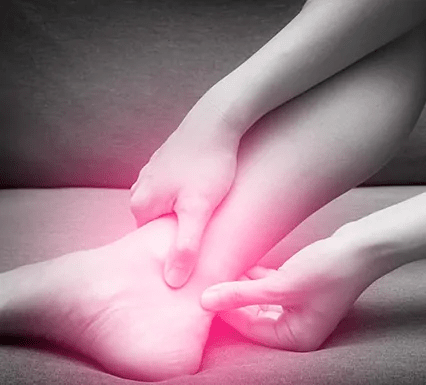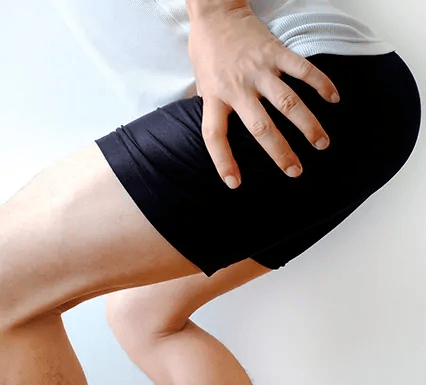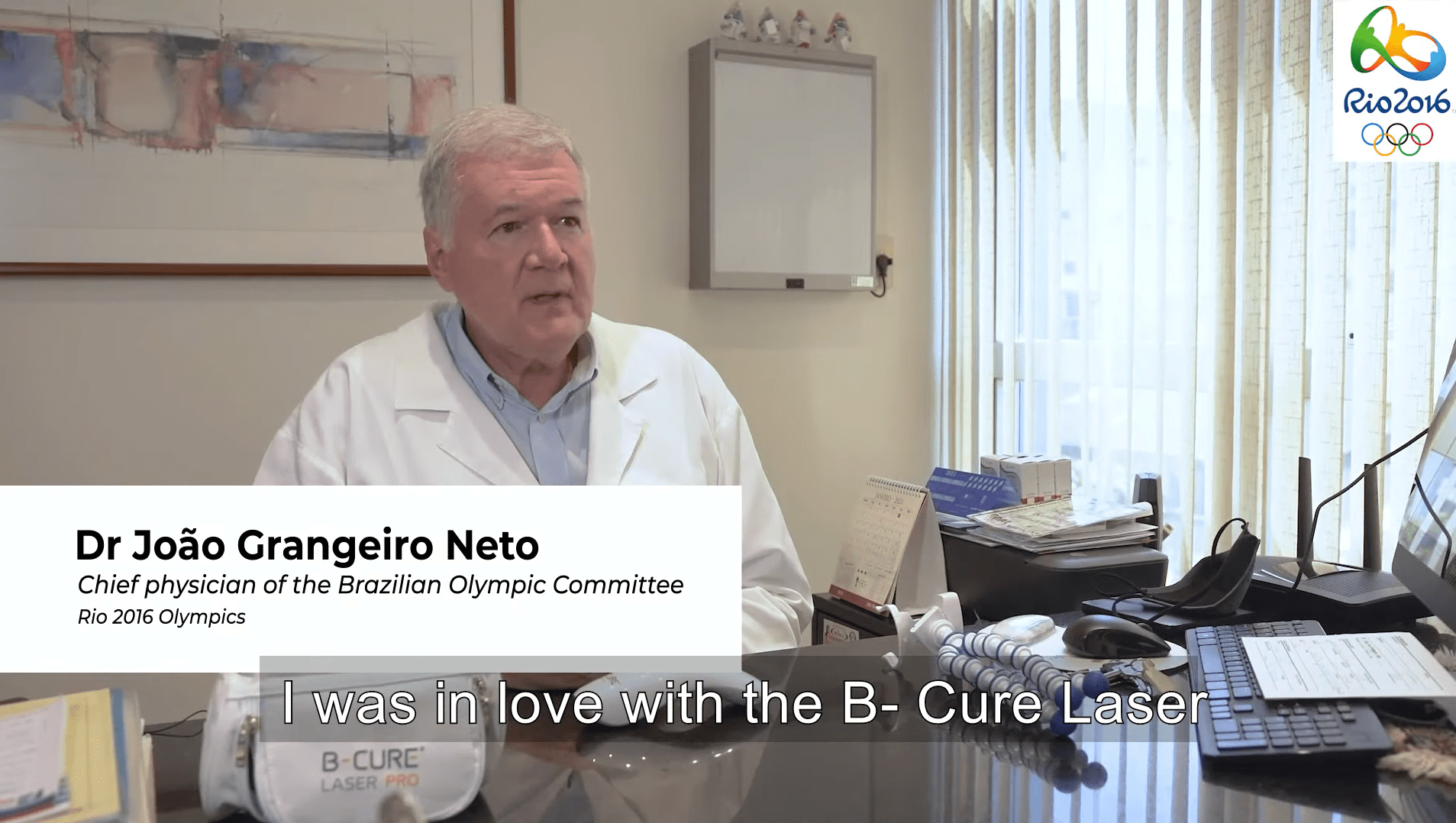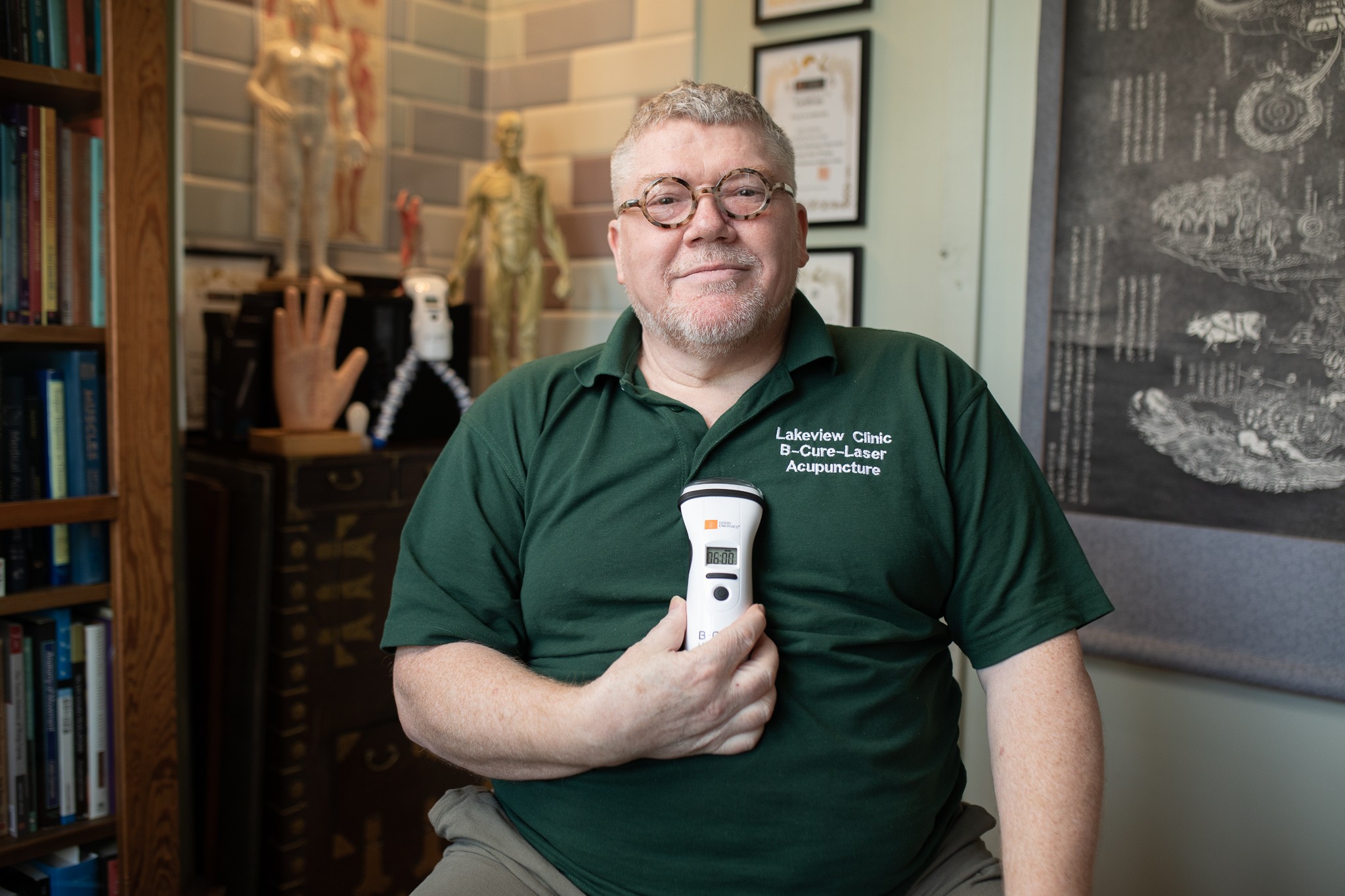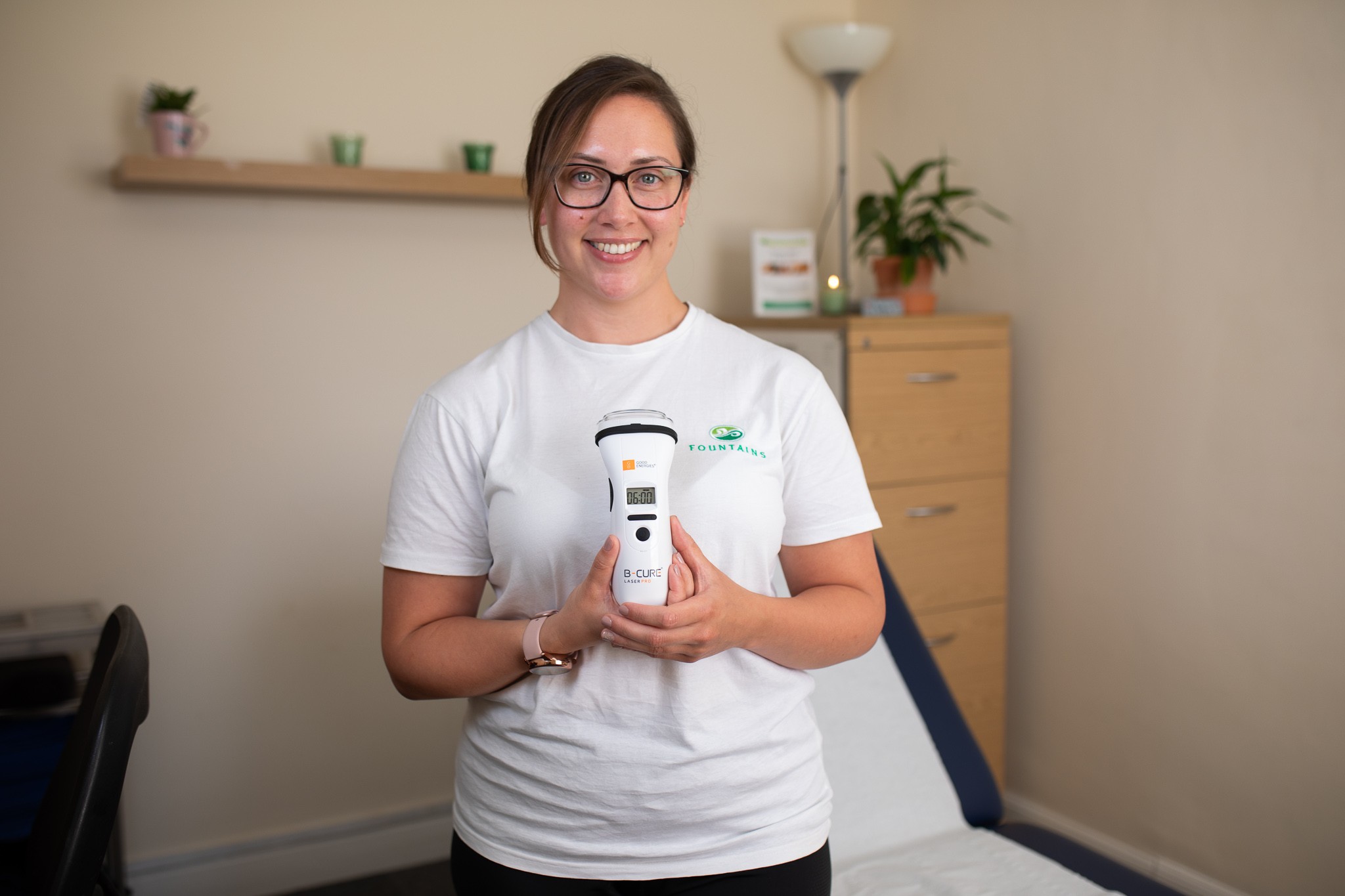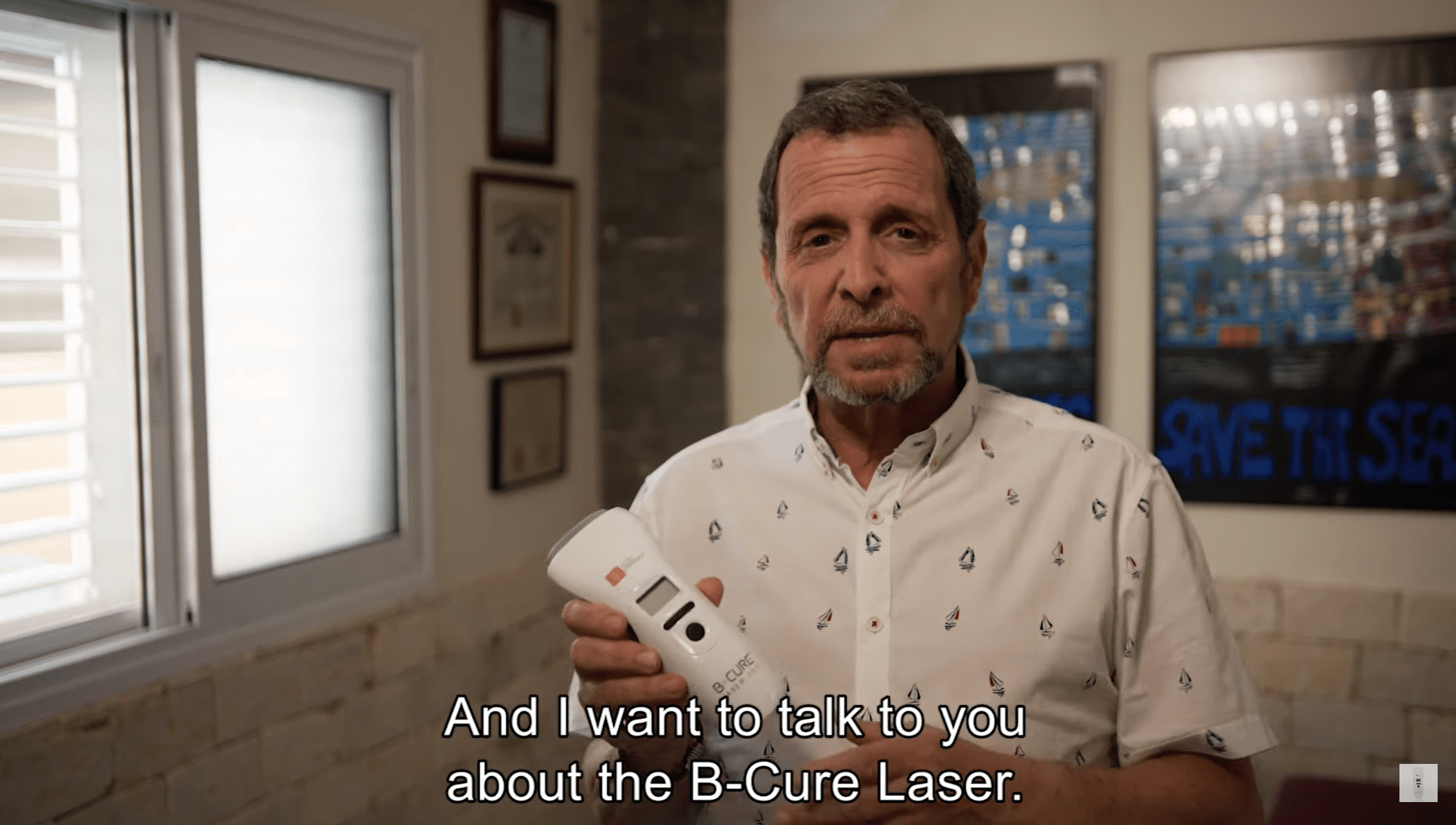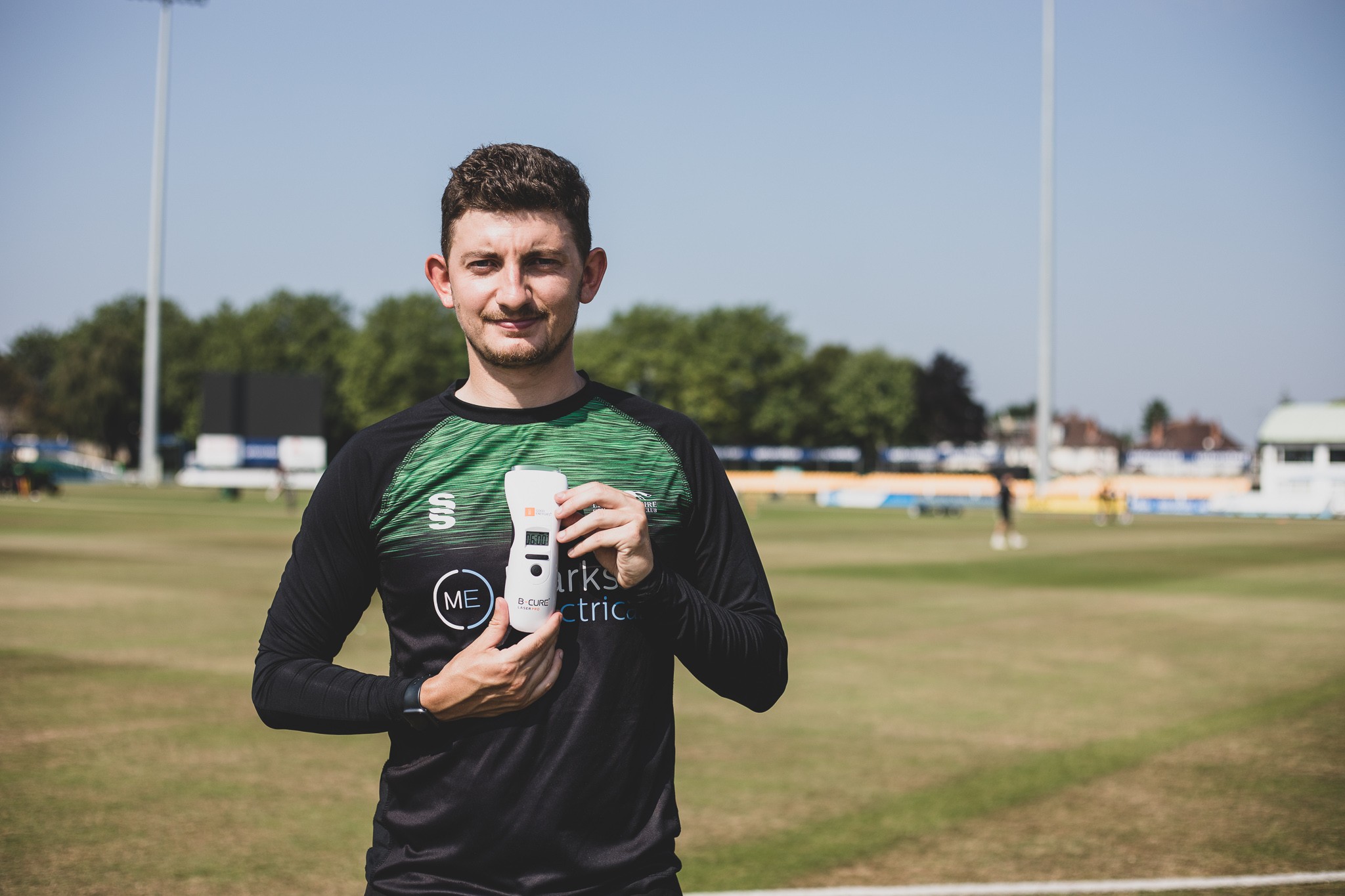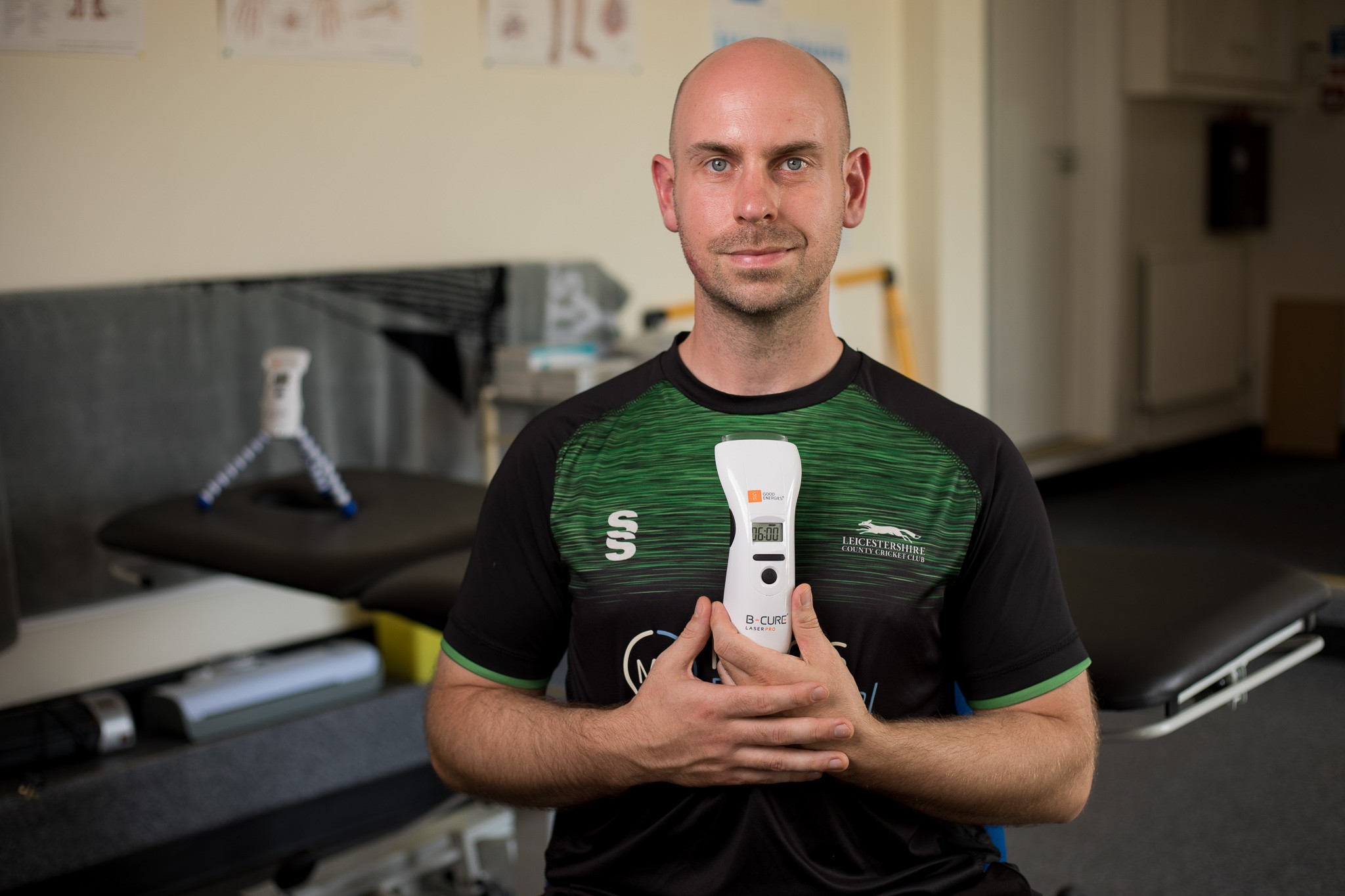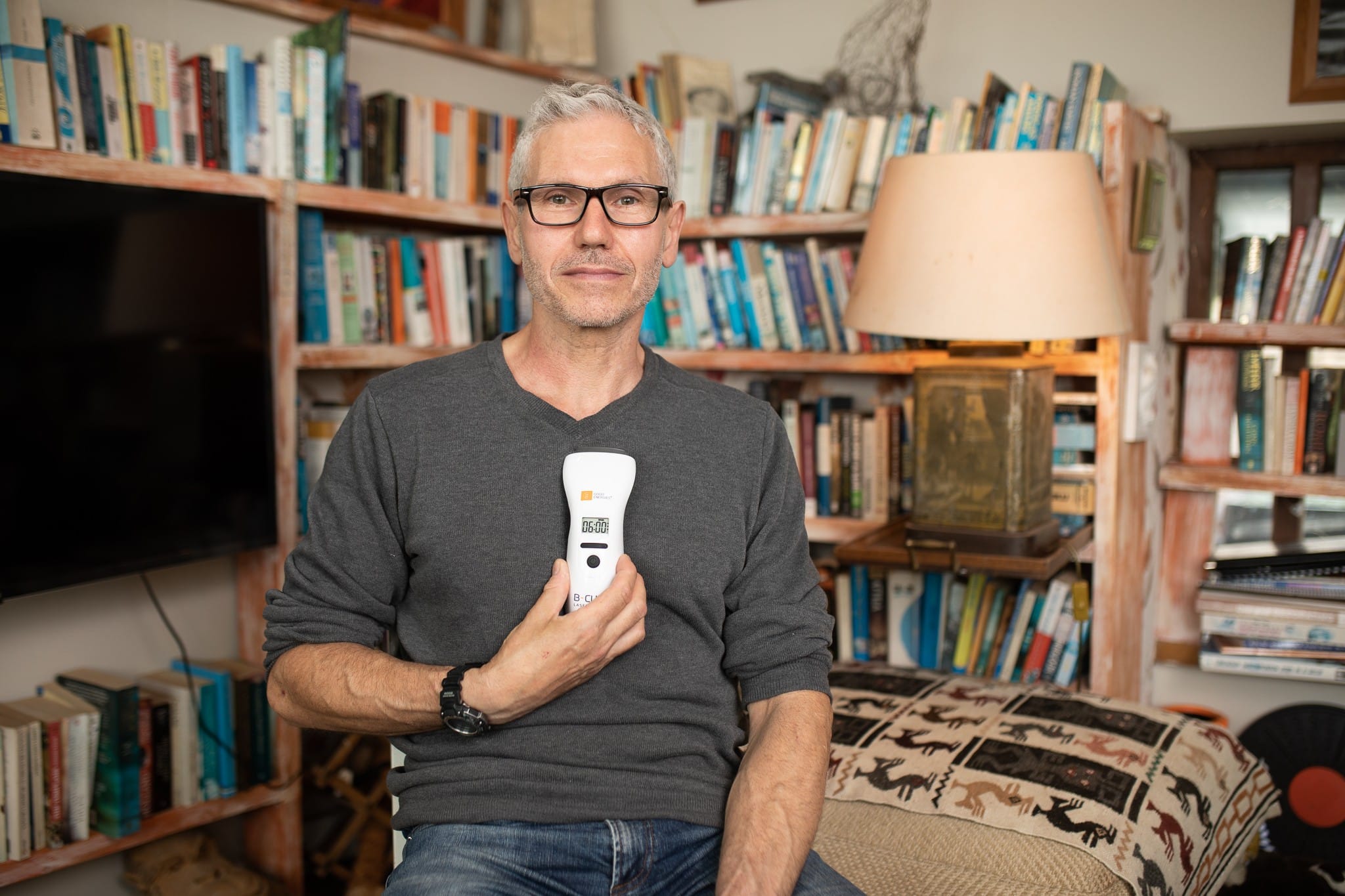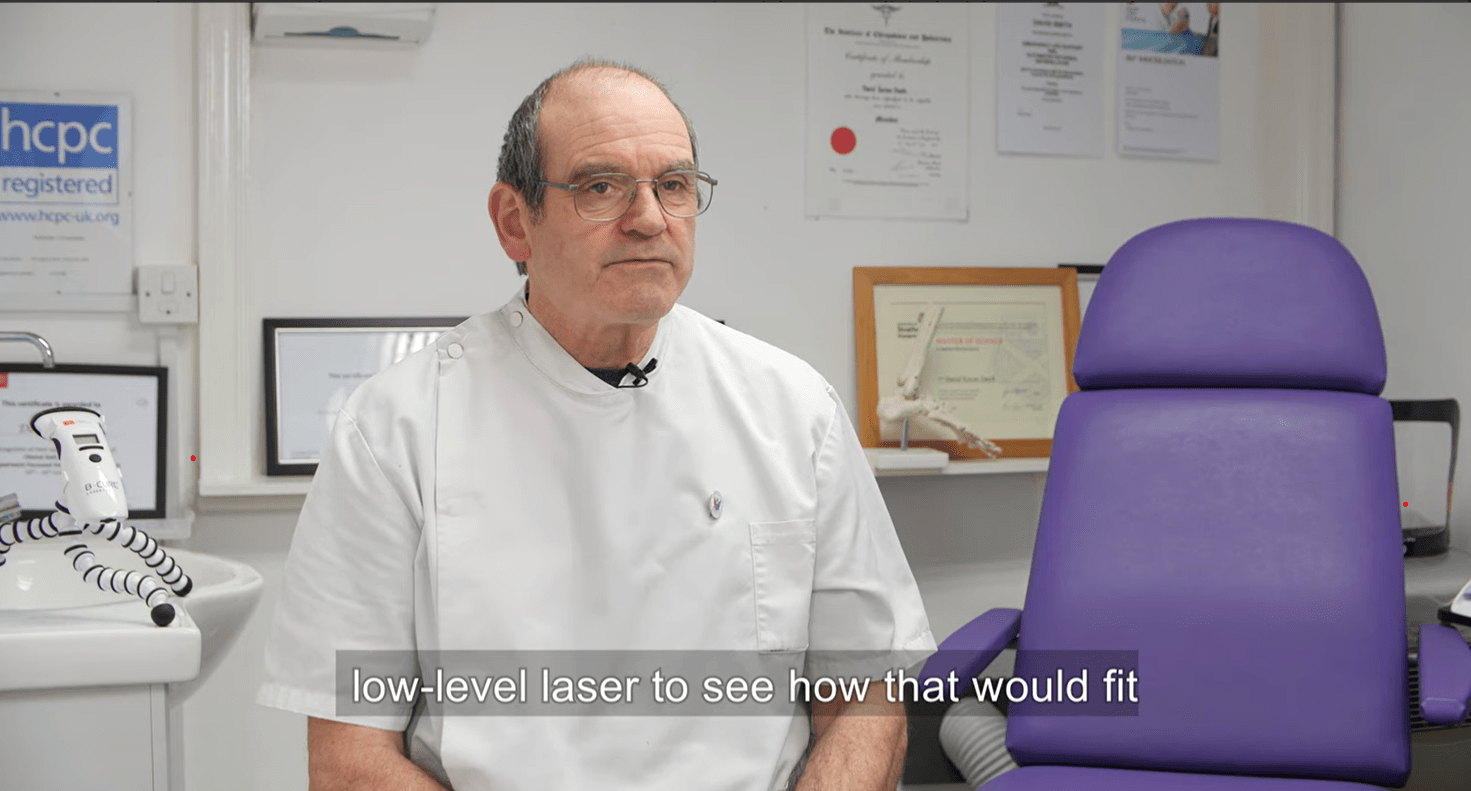Carpal Tunnel Syndrome occurs when the Median nerve, a major nerve to the hand, becomes compressed as it passes through the carpal tunnel—a structure formed by bones and ligaments in the wrist.
In most patients, Carpal Tunnel Syndrome deteriorates over time, therefore early diagnosis and treatment is important.
Women are more likely to develop Carpal Tunnel Syndrome than men.
Causes of Carpal Tunnel Syndrome
The Median nerve is highly sensitive to pressure, and pinpointing the exact cause of Carpal Tunnel Syndrome can be challenging. Factors that may heighten your risk of developing this condition include:
-
- Any form of arthritis in the wrist
-
- Hormonal changes e.g. during pregnancy
-
- Diabetes
-
- A wrist fracture
-
- Genetics
-
- Obesity
-
- Work that places heavy stress on the wrist
-
- Using vibrating tools
-
- Hypothyroidism
-
- Occasionally medication can also cause this syndrome
What are the Symptoms of Carpal Tunnel Syndrome?
Symptoms typically start gradually and can manifest at any time. Early signs may include:
-
- Numbness at night
-
- Pain and a burning sensation that radiates up the arm
-
- Tingling and/or pain in the fingers especially in the thumb, index and middle fingers
Night-time symptoms are often the first reported due to sleep positions, which may exacerbate the condition and cause loss of sleep.
As Carpal Tunnel deteriorates, symptoms become more constant. These symptoms may include:
-
- Weakness in the hand
-
- Inability to perform tasks that require fine motor movements; for instance, struggling to do up buttons
-
- Dropping objects
In the most severe condition, the muscles at the base of the thumb visibly shrink in size.
Treatment of Carpal Tunnel Syndrome
Treatment of Carpal Tunnel Syndrome depends on how severe the pain and symptoms are, and the degree of weakness. Non-surgical options include:
-
- Avoiding movements that over-extend your wrist
-
- Wrist splints that hold the hand in a neutral position, especially at night
-
- Mild pain medication and anti-inflammatory medication
-
- Treatment of any underlying conditions such as diabetes or arthritis
-
- Steroid injections into the Carpal Tunnel to reduce inflammation
-
- Surgery may be necessary if severe damage to the Median nerve has occurred.
-
- Surgery involves cutting the band of tissue in the wrist that crosses the Median nerve to reduce the pressure
-
- Low level laser treatment may be used to treat Carpal Tunnel syndrome. The B-Cure Laser device has been proven to provide high efficacy in treating such medical conditions.
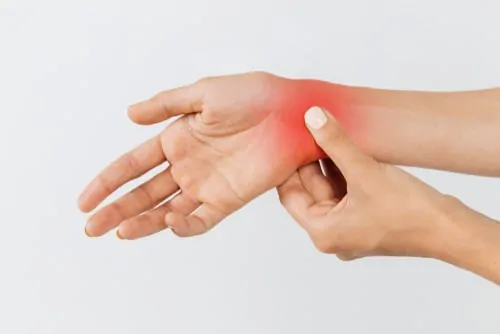
Treatment with B-Cure Laser
B-Cure Laser treatment can help alleviate Carpal Tunnel Syndrome by reducing nerve pressure-induced pain through the release of increased endorphins. Additionally, it aids in reducing swelling that contributes to nerve compression by enhancing the body’s natural healing processes.
B-Cure Laser offers advanced laser therapy, harnessing the power of professional clinic lasers in a lightweight, portable device designed for convenient home use.
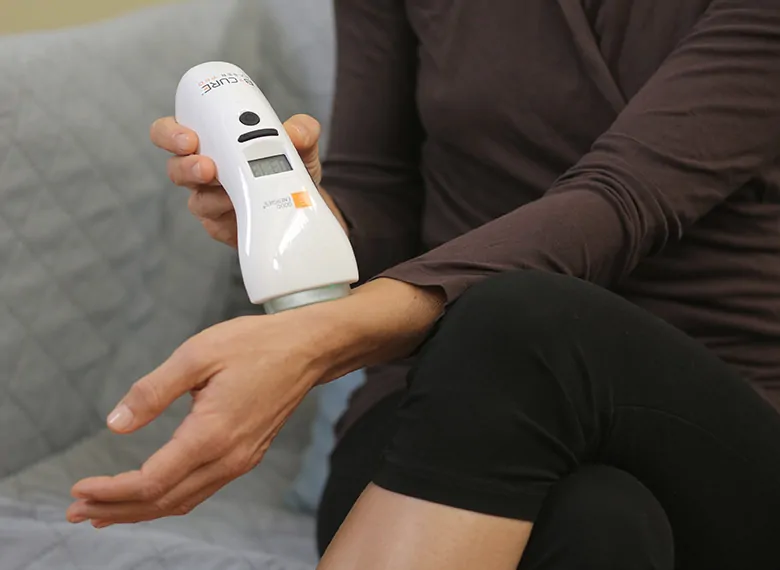
The treatment is safe, effective and may provide lasting pain relief
B-Cure Laser harnesses advanced laser technology to deliver restorative power.
When placed in contact with the skin, B-Cure Laser allows photon energy to penetrate tissues, stimulating the production of adenosine triphosphate (ATP)—a crucial energy carrier within cells. ATP interacts with biomolecules inside cells, promoting normal cellular function and enhancing the body’s natural processes.
Video: How to use B-Cure Laser? Instructions for use
This technology accelerates recovery from muscular, skeletal, and nerve injuries by fostering faster cell regeneration and improved cellular function.
What are the therapeutic effects of Low Level Laser Phototherapy (LLLT)?
-
- Increased production of Adenosine Triphosphate (ATP)
-
- Increased cellular metabolism
-
- Increased collagen production
-
- Increased enzyme production
-
- Increased protein synthesis
-
- Improved blood circulation
-
- Improved lymphatic flow and drainage
-
- Reduced inflammation
All this serves to boost the body’s natural healing power, targeting the root causes of pain and providing rapid relief.
Video: How does B-Cure Laser work? Technology & Innovation
B-Cure Laser stands out with its beam covering a surface area of 4.5 cm², allowing for easy, effective, and rapid treatment of a wide range of painful conditions.
The product is perfect for home use and is a clinically proven safe, effective therapy. The treatment has no known side effects and is a non-invasive method for treating many types of orthopaedic conditions.
B-Cure Laser is safe for all ages, and does not require protective eyewear during use.
What Are the Benefits of B-Cure Laser?
-
- May reduce chronic pain
-
- Non-invasive and non-surgical treatment
-
- Suitable for all ages
-
- No known side effects
-
- Clinically proven by many studies
-
- Easy and safe for home use
Videos: Professional Recommendations
Treatment Protocol
Apply the device for 8 minutes on each treatment point on the wrist. Position the device along the inner wrist fold, perpendicular to the inner wrist fold, on the pad of the thumb, under the thumb’s wrist joint, and under the little finger’s wrist joint.
For added convenience, utilize the adjustable stand. Secure the device and stand in place and administer treatment without movement to ensure deep penetration of the laser beam into the tissues.
For best results, repeat the treatment at least twice daily.
To find out more about other health conditions that B-Cure Laser can help manage pain with, see our Treatment Areas channel.



